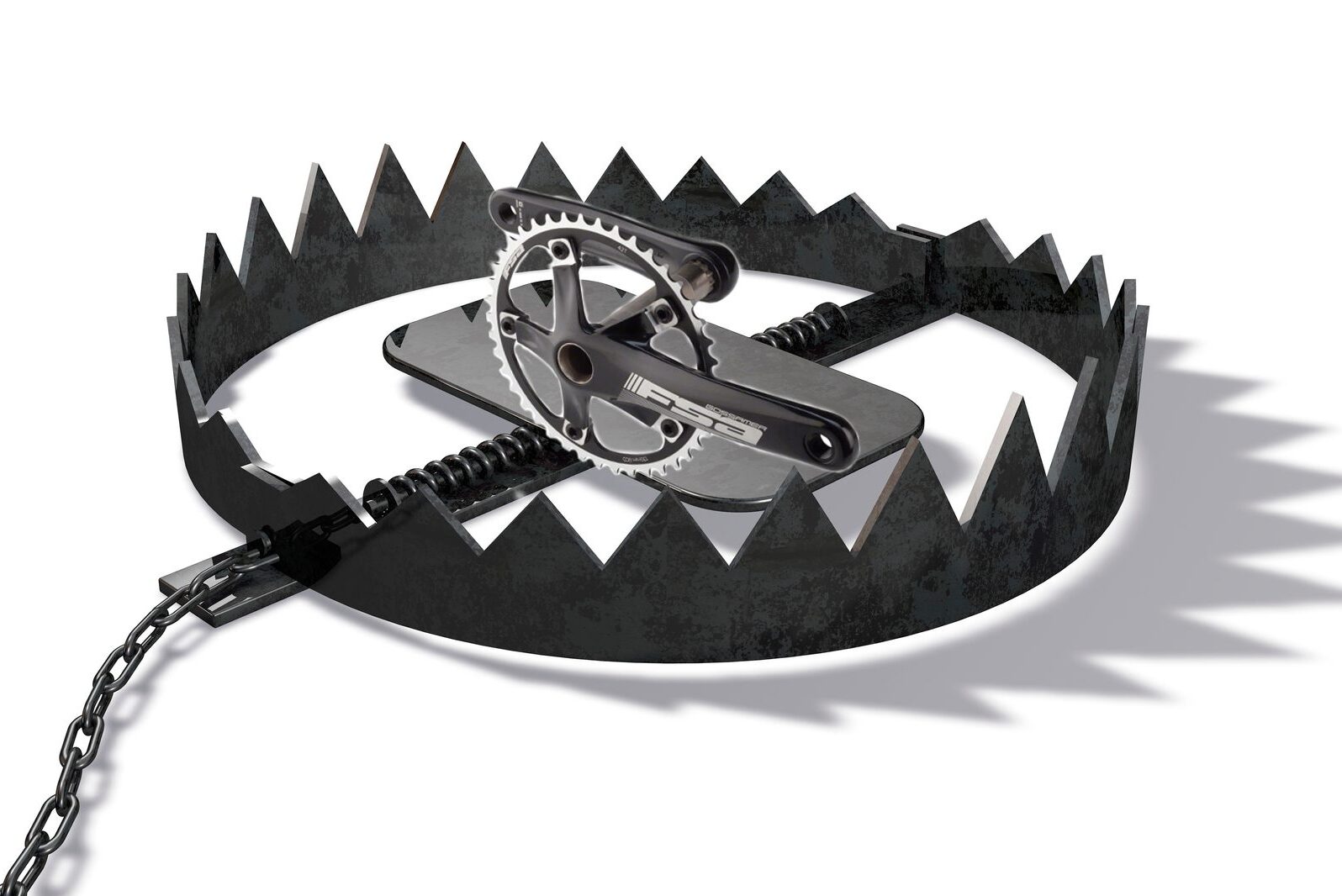Fake parts and scam sales: How to not get ripped off this Black Friday
Make sure you get the real stuff, instead of garbage goods
 Photo by:
Getty Images
Photo by:
Getty Images
As the holiday season approaches, holiday sales are picking up speed. Or, if you’re near the U.S., kicking into overdrive for Black Friday.
Along with the real deal deals, though, are a rising tide of scam sales and fake parts. Knock-off parts are being sold as the real thing, preying on consumers whose good sense might be temporarily blinded by big sales. SRAM, FSA, DMR and Vision are all warning of sham websites selling fake pars. Last year, Shimano issued a similar warning about suspect SPD pedals.
Nothing ruins the joy of opening a present like finding out you’ve bought SRAN AXIS or Shinamo pedals instead of the real thing. Here are a few ways to avoid getting taken by tricky sale scammers.

1) The official website is always the best
If you’re worried about scams, the easiest way to avoid them is to go through the official website or, if the brand doesn’t do direct sales, official distributors. You may not get the biggest discount, but you will get the real thing.
2) Prices and deep discounts
If a product’s price, or sale price is too good to be true, it probably is. This is a simple, if not perfect way of avoiding scam sales. If a sale makes you question whether it’s real, or sets off a ‘Spidey sense’ response, heed those warnings and, at the very least, look a little closer before making a purchase.
3) Amazon isn’t safe
Just because a product is being sold on Amazon (or eBay, or other major online retailers) doesn’t mean it’s the real thing. Some scams are even setting up fake mini distro sites, which is annoying.

4) The Devil’s in the details
If something doesn’t look quite right, it’s a good sign its not real. That can be errors (weight, spec, etc.) or typos in the product description, weird or off-kilter branding and logos, or any other discrepancy from the official product. Some scammers are creating entirely fake and impressively real-looking websites, as is the case with the DMR rip-offs. Some frequently faked brands have their own guides for how to spot fakes (like Zipp, which is a good guide in general, not just for Zipp). But a closer look will usually reveal some mistake.
5) If you have doubts, ask questions.
If something looks too good, or just a bit off, ask questions. Ask the retailer or ask the brand. Don’t, though, go into your local bike store and ask them to help you buy something on line that you could be buying from them instead. That is just rude.
6) Help your friends
Bikes, whether it is road, mountain or whatever you ride, are weirdly specialized machines these days. Especially to anyone that doesn’t share your hobby/obsession. If you’re asking a friend, partner or family member for bike parts as a gift this holiday season, help them avoid scams, too. Send them links, real ones, to what you want (or send them to your best local bike shop).
Why watch out for fake parts? Well, picture your grips slipping off mid-ride because of faulty construction. Or your pedals falling off the axles as you lean into a corner. Fake parts are cheaper than the real thing for a reason: they’re fake. Or they might not exist at all.
